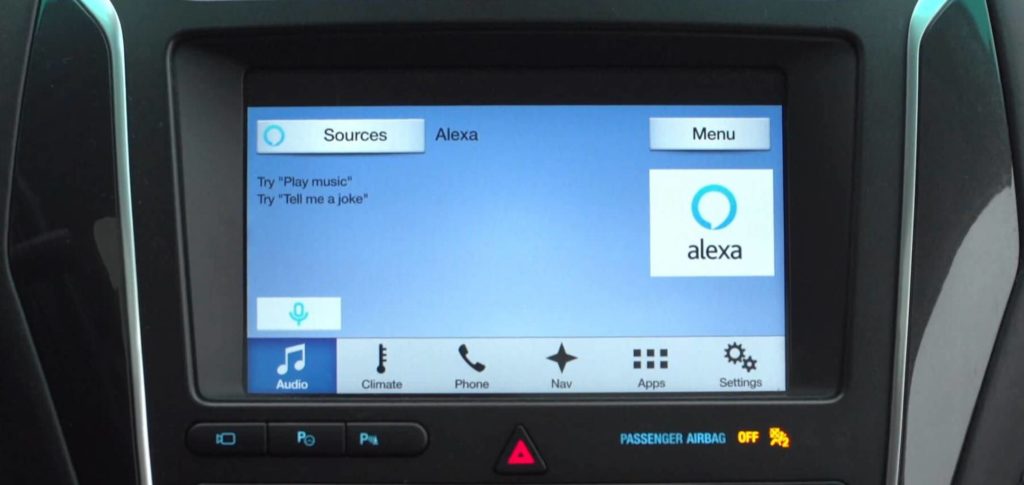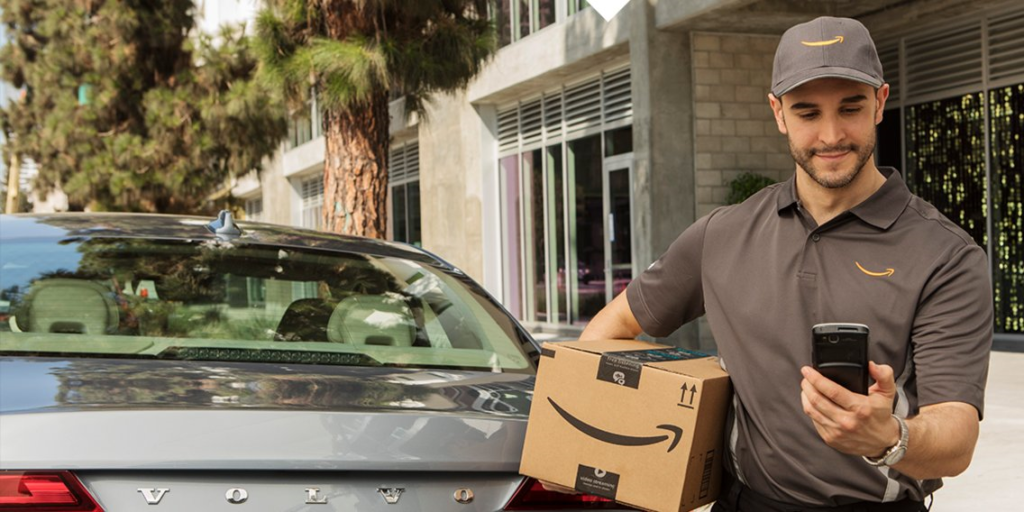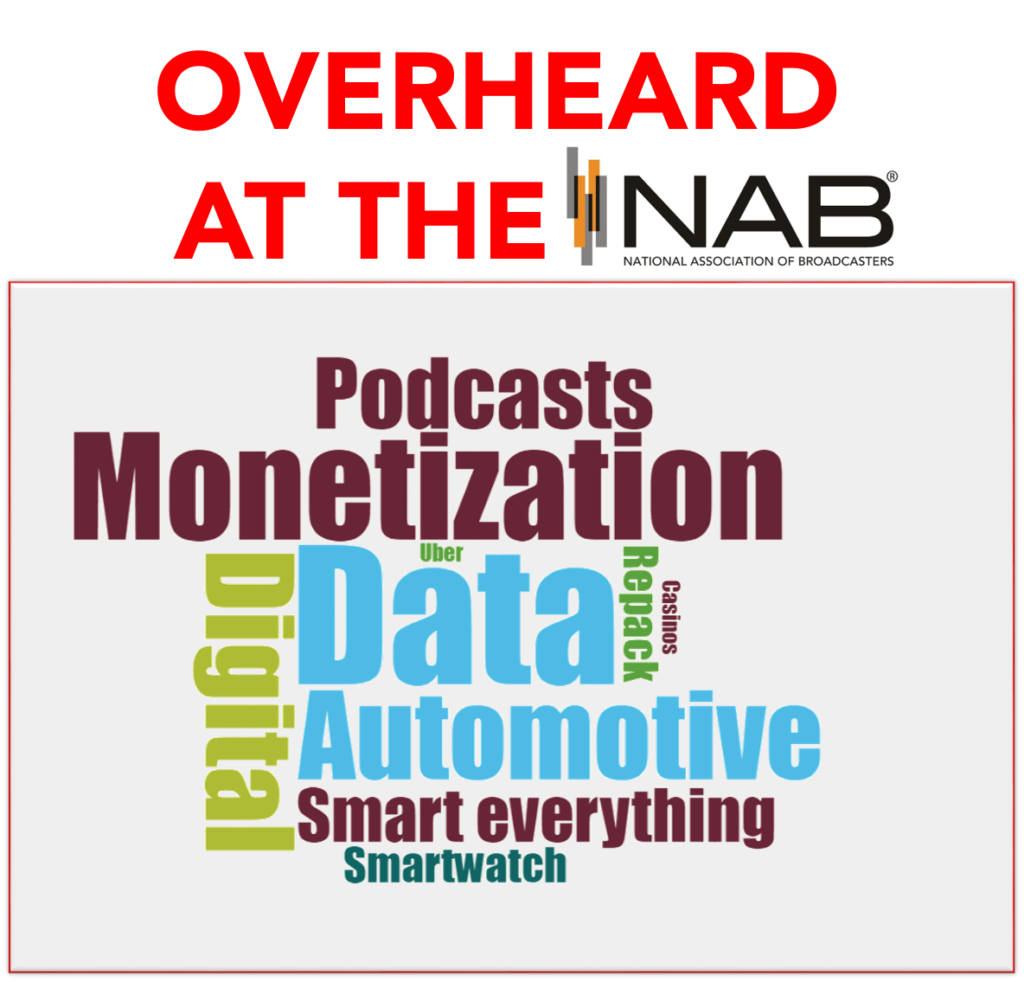
It’s been a cataclysmic year for the auto industry. Electrification, autonomy, shared mobility, and connectivity are all ongoing themes that are in the process of transforming the car and the way we drive it in perhaps just a few years.
The NAB is “on it,” working on many different levels to establish relationships with auto companies, its executives, and the many Tier 1s and third party companies developing software that extracts data from those computers embedded in the cars we drive.
All of this signals more change on the automotive landscape. As has been the case for nearly a century, radio is going along for the ride. But given the medium’s reach, its share of in-car listenership, its relationships with consumers, advertisers, and the local communities it serves, radio owns some important assets.
Just like during those heady days when Model Ts first rolled off the assembly line during the last century, the two industries are finding they are stronger working with one another. Today, radio has assets automakers covet – and vice-versa. And so, there is a renewed spirit over the potential to break new ground, establishing new partnerships and opportunities between the businesses first made famous by Guglielmo Marconi and Henry Ford.
And not a moment too soon. Amazon is rapidly coming to the dashboard. Ford was the first to bake “Alexa” into its SYNC system, and like the proliferation of Apple CarPlay and Android Auto just a few short years ago, Amazon is another mega-tech giant that could very likely change the game. Or invent a game of its own.
Think about the implications here. More than 100 million consumers have plunked down $99 to subscribe to Amazon Prime, so the connections between marketing and purchasing – while driving – are solidifying with each passing month.
 But now Amazon is taking it one step further. Up until now, those ubiquitous Amazon boxes have piled up on porches, apartment building lobbies, and in offices. But now Amazon will deliver your stuff directly to your car.
But now Amazon is taking it one step further. Up until now, those ubiquitous Amazon boxes have piled up on porches, apartment building lobbies, and in offices. But now Amazon will deliver your stuff directly to your car.
A new service – Amazon Key In-Car – will deliver packages right to your parked vehicle – and in fact, place them in your trunk, while you’re at work, shopping, dining out, or enjoying a ballgame.
Business Insider reports the service – now available in 37 metros – works with Volvo and GM vehicles with active On Call or OnStar subscriptions.

And so, all the old players – radio, brick and mortar stores, and to some degree, the car companies themselves – could be disrupted by this seamless purchasing and no-cost delivery system.
That reinforces the import of data – both to radio and automakers, each of whom are trying to figure out how to best utilize and harness it. Last week, Inside Radio reported on two companies – Connected Travel and Drive Time Metrics – both of whom were very visible in Las Vegas at the NAB Convention.
Each is offering different software models, features, and systems designed to utilize data from drivers – including radio listening – to ensure both automotive and radio broadcasting remain vital and in the game.
It all represents a new day for both industries – the Data Era. And while no one has it all figured out (yet), there are a lot of smart minds in and out of both industries working on developing systems and software that will be highly monetizable. Clearly, that was a topic in Vegas, as illustrated by the word cloud below. It’s my own very non-scientific study of eavesdropping on many conversations, sessions, keynotes, and panels – the most uttered words at the NAB. And you can see what was #1:

A year or so ago, the D-word – data – was just a vague notion. In fact, radio generally associated it with Nielsen, Miller Kaplan, and music tests. But today, the data is coming alive, as both broadcasters and car makers realize their mutual partnership potential.
Up until now, cars have been rapidly depreciating bricks that transport you from Point A to Point B. And radios have simply added their local soundtrack to commutes and errands.
But as drivers and passengers are listeners and purchasers, a whole new treasure trove of data is coming alive – and the experience may be forever changed.
For broadcast radio, a business finding itself getting crowed out by dashboard competition in recent years, this could be a big one.
But as they say, the devil is in the details – and the data.
- What To Do If Your Radio Station Goes Through A Midlife Crisis - April 25, 2025
- A 2020 Lesson?It Could All Be Gone In A Flash - April 24, 2025
- How AI Can Give Radio Personalities More…PERSONALITY - April 23, 2025




The concern is tuning radio being more dangerous than texting while driving. Radio wins audio majority. Please keep access simple & safe!
Clark, that’s the goal. The more hands-free voice technology progresses, the better for all involved. Thanks for the comment.
A question, on many investors minds…
FB/Google dominate digital advertising, with Amazon growing double digits. ^How should or could revenues be split in the newer digital, beacon ad based world?
Between radio in the OEM (dash), secondary parts (Logitech per example or VOXX) to the streamers and hybrids like SiriusXM. IF Sirius owns an asset like Pandora paired with their subscription model, a growing CVS (connected vehicle services) CVS being The parts, Chips, patents, license revs… standard auto features from cabin noise reduction to safety cameras, sensors, cruise control… hundreds of technologies, GPS mapping with live traffic.
The automakers have a chance to partner differently and monetize industry data at a scale never experienced for all & will want a cut of the revs this time. Fools not to.
Amazon & Alexa changes the connected aspects, to make it more complex. It is now home, auto, mobile, office… and video or ‘TV’. Platforms like Pluto, also have global sourced music channels but aren’t relevant, for now. You Tube dominates visual audio, and TIVO now runs their music, across all Google properties.
Radio will be included, and can differentiate to a degree locally, we know. As you saw in Vegas the next OEM builds, approx 3-5 years cycles, game changers completely. Thank you for the insights, thoughts. Josh.
Appreciate you connecting some dots, Josh. It’s a complicated space, and getting more complex by the week. But it’s encouraging to see radio in a position to be able to partner based on its history, habit, and relationships.
Is radio in danger of losing the dash? I recently rented a Ford Mustang, plugged my phone in and Android Auto immediately booted up. My music options in Android Auto were Spotify, Pandora and the Sirius/XM app – not any of my 3 radio apps. Even when I switched out of Android Auto to Sync (which was also pretty good IMO) and hit the search for apps icon, no radio app was recognized, and I needed another step to get to the radio dial. My kid has Apple Car Play in his car and while I’m sure there is a way to access radio from it, it isn’t on the splash screen.
I don’t know what the best way forward is – maybe the RAB should take the lead with Google, Apple and the car companies. Surveys of one are dangerous but from my experience with a brand new Mustang (nice car BTW – Ford seems to be rocking it), rather than riding shotgun, radio was, well, in the back seat.
At the risk of sounding self-serving and gratuitous, this is why jacapps was the first mobile app developer to figure out how to adapt radio apps to both of these ecosystems. It’s hard to explain to someone without Apple CarPlay & Android Auto the implications of your app just not showing up on the dash. And in the process, “radio” goes away or is in the background. Thanks for the comment. And meantime, check out today’s post about the death of cars (except the Mustang!).